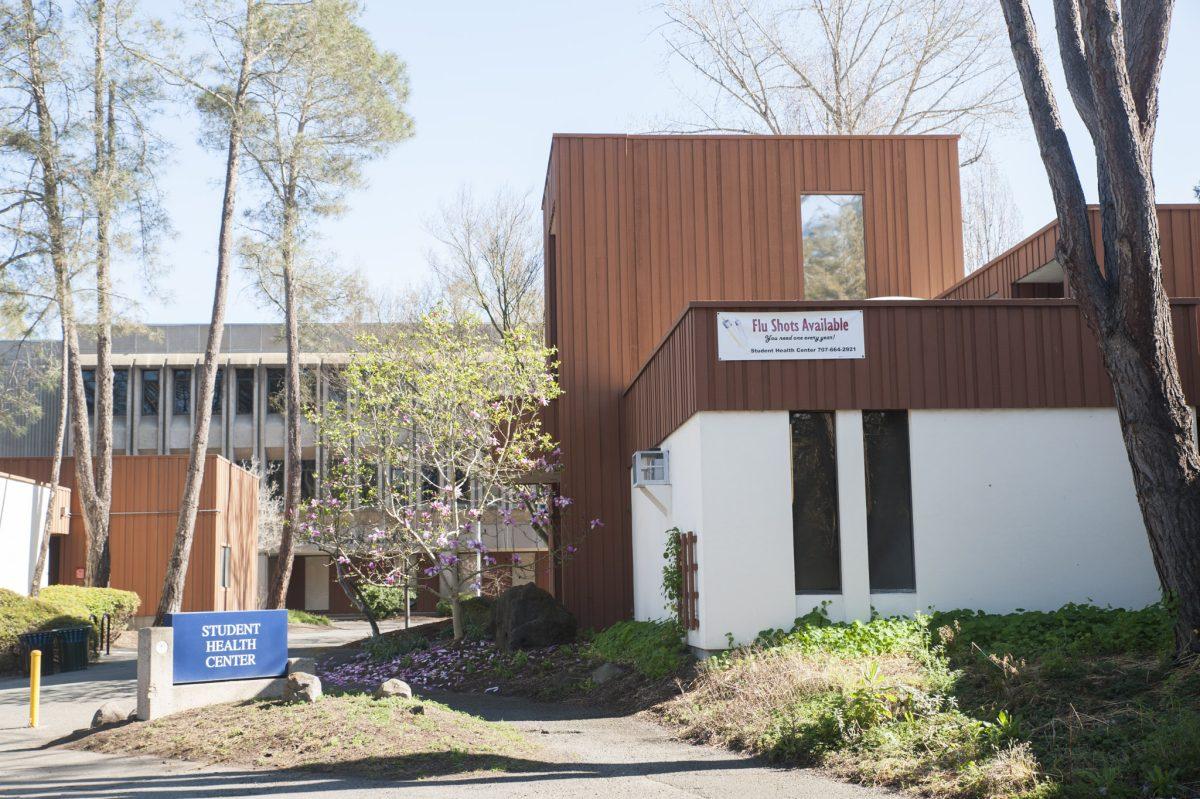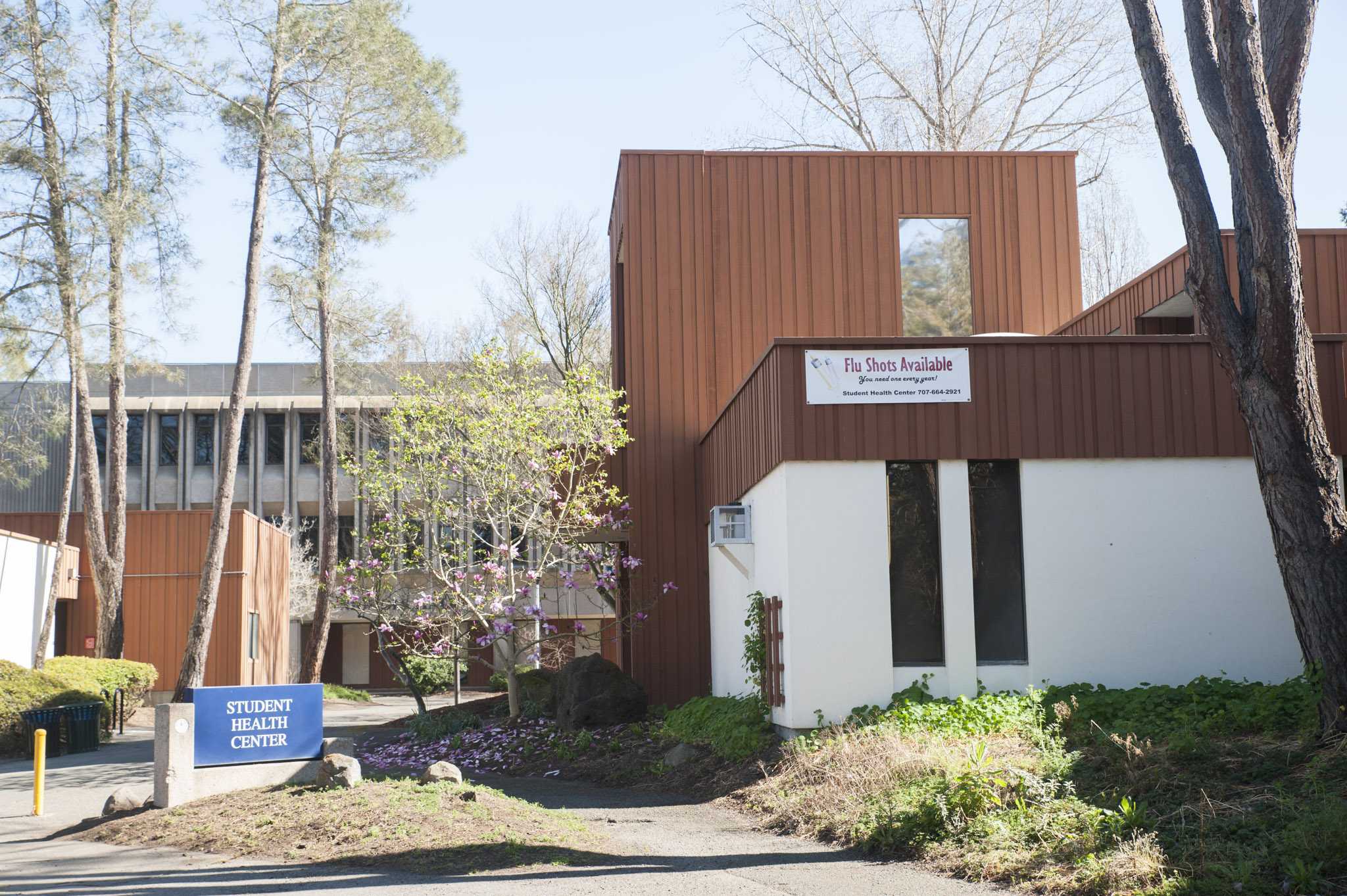Thousands of individuals will visit or attend Sonoma State University during the semester. The likelihood that all will be vaccinated against an infectious disease is uncertain. Concern regarding the outbreak of measles has been a prominent topic within the United States recently and the discussion of whether to vaccinate against the disease has sparked controversy among many.
“People will not vaccinate because they see no cases in the United States and ask, ‘Why should I take on any risk from a vaccine?’” said Sonoma County Deputy Health Officer Karen Holbrook. “The reality is that the risk of illness is ever-changing and nobody is an island. Sonoma State is a perfect example of that.”
Since December 2014, there have been 119 confirmed measles cases reported among California residents. There have been no confirmed cases of measles in Sonoma County, but neighboring Marin County has reported two. Sixty-nine individuals over the age of 20 contracted the disease. This information comes from a California Public Health Department update released on Feb. 18.
“Most of higher education is consistent with the Center for Disease Control and Prevention, the World Health Organization and every other scientifically-based public health entity,” said Georgia Schwartz, medical director at the Student Health Center. “Immunization saves lives. The ponderousness of scientific evidence worldwide is that vaccines are safe and effective and substantially reduce the risk of disease.”
Sonoma State corresponds with California State University and California law in regard to required immunizations. Measles and rubella, also known as the MMR vaccine and hepatitis B, are the only required vaccinations needed before a student can attend.
Though not required, the campus strongly recommends vaccinations for chicken pox, diphtheria, pertussis and tetanus, also known as DTaP, hepatitis A, human papillomavirus, also known as HPV, meningococcal, mumps and polio. Recommendations that run concurrently with the Center for Disease Control and Prevention and the American College Health Association.
Schwartz said public health officials feel more immunizations should be required simply because the generation that is beginning college were young when the anti-immunization movement began.
Earlier this month, the University of California system passed a proposal set to begin in 2017 that will require students to be screened for tuberculosis and vaccinated for chickenpox, measles, meningitis, whooping cough and tetanus.
Under California law, an “individual’s constitutional rights” are protected in the form of a Personal Belief Exemption. If a child were under 18 years of age, and their parents or guardians wished to not vaccinate, a healthcare professional would need to acknowledge and sign off. Constitutional freedom of religious expression is also protected under this law.
College students are afforded the same protection. These individuals are cataloged in such a way that in case of an outbreak, they can be easily identified, notified and if so protected.
There are standard public health mechanisms in place to control an outbreak of a dangerous disease. Procedures were in place before the current measles outbreak in California. Public health officials in the county are responsible for the diagnosis of such diseases and have authority over Sonoma State’s campus.
“Let’s say that student X is identified. We would then interview that person and ask, ‘What dorm do you live in? What classes do you go to?’ We would map out where they were when they became infectious,” said Holbrook, in regard to potential outbreak of measles. “We need to identify the cohorts of people likely to be exposed. It has the potential to be very, very big. Maybe it gets the whole campus. Hopefully we stop the spread quickly.”
Individuals truly exposed or susceptible are subject to quarantine of 21 days. The incubation period of measles is generally acknowledged to be 21 days, with the identifiable measles-related rash identifiable around 14 days. Though all individuals are different, they are usually contagious four-to-five days prior to the identification of the rash.
A student who waived out or cannot prove their immunization through a blood test, is subject to removal if they are identified to have come in contact with the exposed or in facilities where the exposed has been.
“Besides the fact that measles can be life or neurological function threatening, it certainly could be an academic quagmire,” said Schwartz. “It’s not designed to be punitive. It’s a public health measure designed to control the outbreak.”





![[Both photos courtesy of sonoma.edu]
Ming-Ting Mike Lee stepped in as the new SSU president following Sakakis resignation in July 2022](https://sonomastatestar.com/wp-content/uploads/2024/04/CC4520AB-22A7-41B2-9F6F-2A2D5F76A28C-1200x1200.jpeg)



























